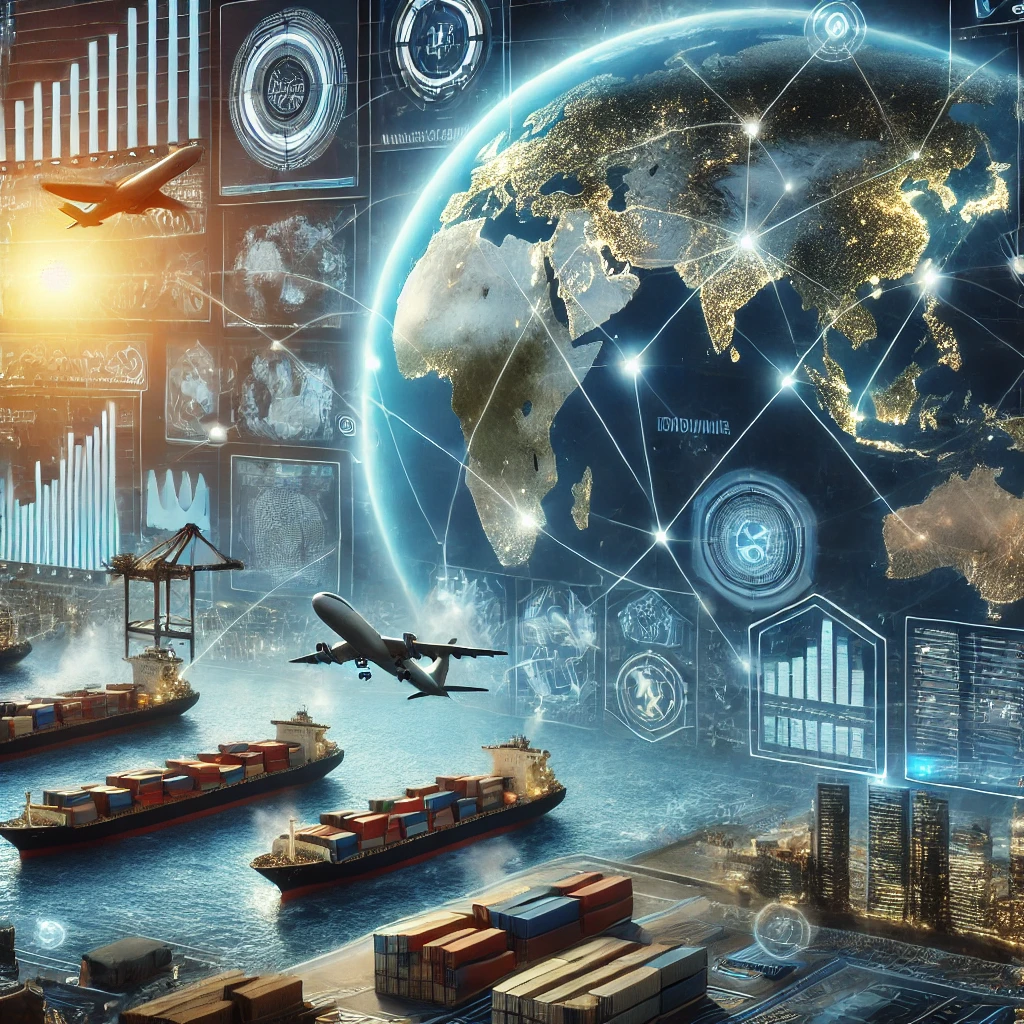
The import export business has been the backbone of global economic growth for centuries. However, the rapid evolution of technology, shifting geopolitical landscapes, and increasing focus on sustainability are transforming the way goods and services move across borders. This article delves into the future of global trade, exploring key trends, challenges, and opportunities for businesses and policymakers alike.
Understanding the Import Export Business
The import and export company model has traditionally been centered on physical goods being shipped across international borders. Today, the scope has broadened to include digital products, services, and even intellectual property. The future of global trade will be shaped by the ability of companies to adapt to these changes.
Trends Shaping the Future of Global Trade
1. Technological Advancements
Technology is revolutionizing the import export business, streamlining operations and creating new opportunities. Key technologies include:
- Blockchain Technology: Providing transparency and security in supply chains.
- Artificial Intelligence (AI): Optimizing inventory management and predicting demand.
- E-commerce Integration: Expanding access to international markets for SMEs.
2. Sustainability and Green Trade
The focus on sustainability is reshaping global trade. Companies are adopting greener practices, such as:
- Alternative Fuels: Using biofuels and electrification in logistics.
- Circular Economy Models: Emphasizing reuse and recycling.
- Eco-Friendly Packaging: Reducing waste and carbon footprints.
3. Regionalization and Trade Agreements
The future of global trade is marked by a shift toward regional partnerships. Examples include:
- The African Continental Free Trade Area (AfCFTA): Promoting intra-African trade.
- The Regional Comprehensive Economic Partnership (RCEP): Strengthening ties in Asia-Pacific.
- Post-Brexit Agreements: Redefining trade relations between the UK and its partners.
4. The Rise of Emerging Markets
Emerging economies are becoming key players in the import export business. Countries like India, Vietnam, and Brazil are driving growth through:
- Infrastructure Investments: Enhancing port and transport capabilities.
- Skilled Workforces: Leveraging young, tech-savvy populations.
- Natural Resources: Attracting foreign investment.
5. Digital Transformation
The digitalization of trade processes is enabling faster and more efficient operations. Innovations such as smart contracts and digital payment systems are reducing costs and improving security.
Challenges Facing the Import Export Business
1. Supply Chain Disruptions
Recent events, such as the COVID-19 pandemic, have highlighted vulnerabilities in global supply chains. Businesses are mitigating these risks by:
- Diversifying Suppliers: Reducing dependence on single-source providers.
- Nearshoring: Moving production closer to key markets.
- Technology Investments: Improving visibility and predictive analytics.
2. Trade Protectionism
Protectionist policies, such as tariffs and quotas, can hinder the flow of goods. Companies must adapt by:
- Exploring New Markets: Diversifying export destinations.
- Building Local Partnerships: Navigating regulatory hurdles with local expertise.
3. Technological Inequality
While technology drives efficiency, unequal access to digital tools can widen the gap between developed and developing nations. Addressing this requires:
- Capacity Building: Providing training and resources for digital adoption.
- Global Cooperation: Ensuring equitable access to technology.
Opportunities in the Future of Global Trade
1. Leveraging Big Data
Data analytics is transforming decision-making in the import export business. Companies can:
- Predict Market Trends: Identify emerging opportunities.
- Optimize Pricing Strategies: Enhance competitiveness.
- Monitor Competitor Activity: Stay ahead of the curve.
2. Embracing Innovation
Adopting new technologies is key to staying competitive. Examples include:
- 3D Printing: Reducing production and shipping costs.
- Internet of Things (IoT): Enhancing real-time tracking and monitoring.
- Virtual Trade Shows: Expanding market reach without physical presence.
How Businesses Can Prepare for the Future
1. Focus on Digital Presence
An optimized import export company website is essential. Key elements include:
- SEO Optimization: Ensuring visibility in search engines.
- Mobile Compatibility: Catering to users on smartphones and tablets.
- Secure Payment Systems: Building trust with international clients.
If you’re looking to design a professional website, here’s the solution. Contact rashid web designs to Get modern, responsive, and user-friendly designs that enhance your business presence and attract customers effectively.
2. Build Resilient Supply Chains
Strengthening supply chain resilience is critical for long-term success. Strategies include:
- Diversification: Reducing dependency on specific regions.
- Automation: Streamlining operations with AI and robotics.
- Collaboration: Partnering with logistics providers for shared solutions.
3. Prioritize Sustainability
Aligning with global sustainability goals can enhance brand reputation and compliance. Companies should:
- Adopt Renewable Energy: Reduce reliance on fossil fuels.
- Implement Circular Models: Minimize waste through recycling and reuse.
- Engage Stakeholders: Collaborate with governments and NGOs for sustainable practices.
Conclusion
The future of global trade is an exciting blend of opportunities and challenges. Businesses that embrace innovation, focus on sustainability, and adapt to shifting geopolitical dynamics will thrive in this evolving landscape. By staying informed and proactive, companies can unlock new growth avenues and contribute to a more interconnected world.
